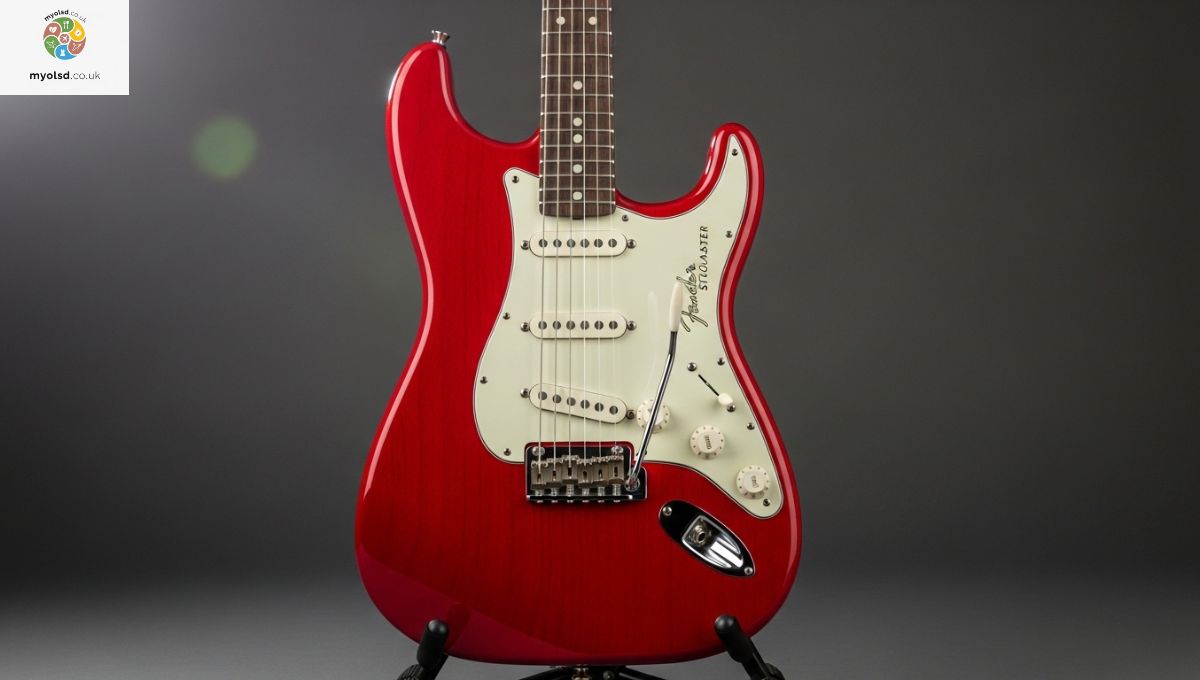Ever find yourself wondering what kind of musical instrument that starts with an E even exists? You’re not alone most people can name a few instruments off the top of their heads, but when it comes to ones beginning with E, things get tricky. Maybe you’re trying to impress someone with your music knowledge, or maybe you’re just genuinely curious about what’s out there beyond the usual guitars and drums.
Well, you’ve landed in the right place! In this post, we’ll explore a fascinating list of musical instruments that start with an E, from the well-known electric guitar to unique gems like the erhu and edakka. Whether you’re a musician looking for inspiration or just love learning cool facts, this guide will help you discover instruments you probably didn’t even know existed.
Musical Instruments That Start With E
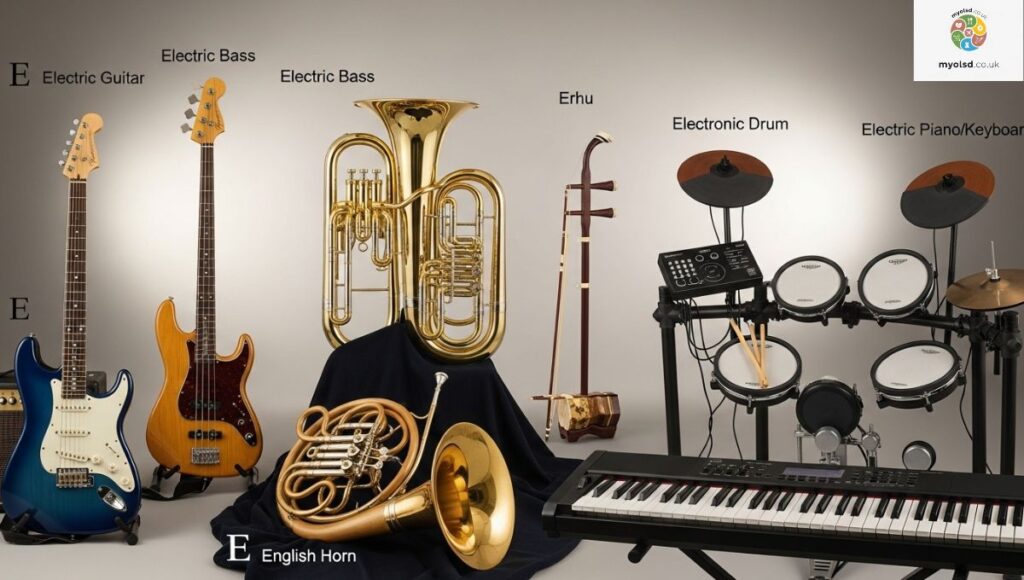
The letter E introduces a surprising mix of musical instruments that start with e from electronic innovations to traditional folk instruments. Some belong to the string family, others to percussion, brass, or woodwind, showing just how global music truly is.
These instruments carry cultural stories, craftsmanship, and unique sounds that help shape the world’s music. Whether it’s the resonant tone of an Erhu, the deep call of an Ekwe drum, or the electrifying sound of an Ektara, each one has a musical tale worth hearing.
Ektara
The Ektara is a one-stringed lute from India, widely used in folk and devotional music. It’s part of the chordophone family and often accompanies singers in Sufi and Baul traditions. With a wooden body, bamboo neck, and a single plucked string, the Ektara produces a deep, rhythmic, and resonant sound.
It’s simple but incredibly expressive you pluck the string and change pitch by pressing the flexible neck. The Ektara instrument symbolizes spiritual simplicity in Indian culture and continues to inspire world music performers today.
Ekwe
The Ekwe is a traditional log drum from Nigeria. It’s carved from a single hollow piece of wood, with slits of different lengths that produce varied pitches. This makes it both a percussion instrument and a form of ancient communication historically, Ekwe drums were used to send messages across villages.
In modern times, the Ekwe drum plays a big role in Nigerian folk and ceremonial music. Its rhythmic tones create a strong pulse that drives dances and rituals. The sound of the Ekwe connects deeply to African musical heritage and community storytelling.
Read more Article:Fish That Eat Algae in Ponds
English Horn
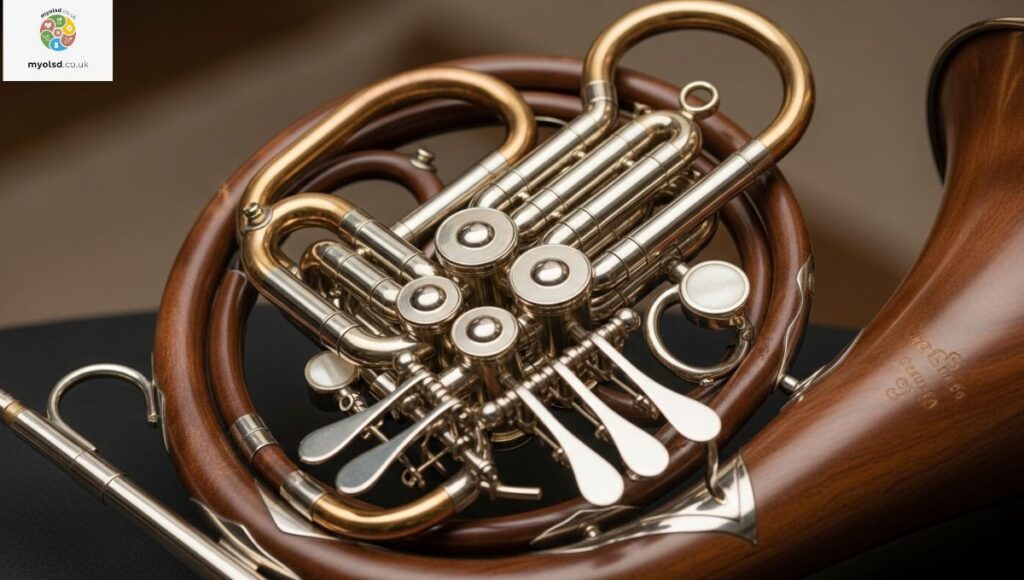
Despite its name, the English horn (also called cor anglais) isn’t English and it’s not a horn either! It’s actually a double-reed woodwind instrument, closely related to the oboe. Its longer, curved body and flared bell give it a warmer, more mellow tone.
Used in classical and orchestral music, the English horn creates emotional depth in pieces like Dvořák’s New World Symphony or Berlioz’s Roman Carnival Overture. Its expressive, lyrical sound adds a human-like voice to the orchestral section, blending perfectly with strings and brass.
Erhu
Known as the Chinese violin, the Erhu is a two-stringed bowed instrument that’s been part of Chinese music for over a thousand years. It has a long, thin neck, a small resonating body covered with snake skin, and is played with a bow placed between the two strings.
The Erhu’s tone is soulful and emotional it can mimic the sound of a human voice, making it perfect for conveying sorrow, love, or nostalgia in Chinese classical music. The Erhu player controls pitch and emotion using subtle bowing techniques and finger pressure, creating incredible musical expression.
Erxian
The Erxian is another traditional Chinese bowed string instrument, often used in Cantonese opera and folk ensembles. It’s slightly larger and deeper in tone than the Erhu, producing a more resonant and lower-pitched sound.
This instrument has six tuning positions and a metallic timbre that blends beautifully with orchestral music and folk traditions. The Erxian instrument shows how regional variations shape Chinese musical craftsmanship and expand tonal possibilities.
Esraj
The Esraj is a bowed string instrument from North India, often compared to the sitar but played with a bow. It features a long neck, sympathetic strings, and a wooden soundboard that amplifies its mellow, meditative tone.
Used in Indian classical and Sufi devotional music, the Esraj player produces smooth, emotional melodies. Its mix of bowing and plucked-string resonance gives it a unique sound texture that feels spiritual and deeply expressive.
Read more Article:Fish That Eat Algae in Ponds
Euphonium
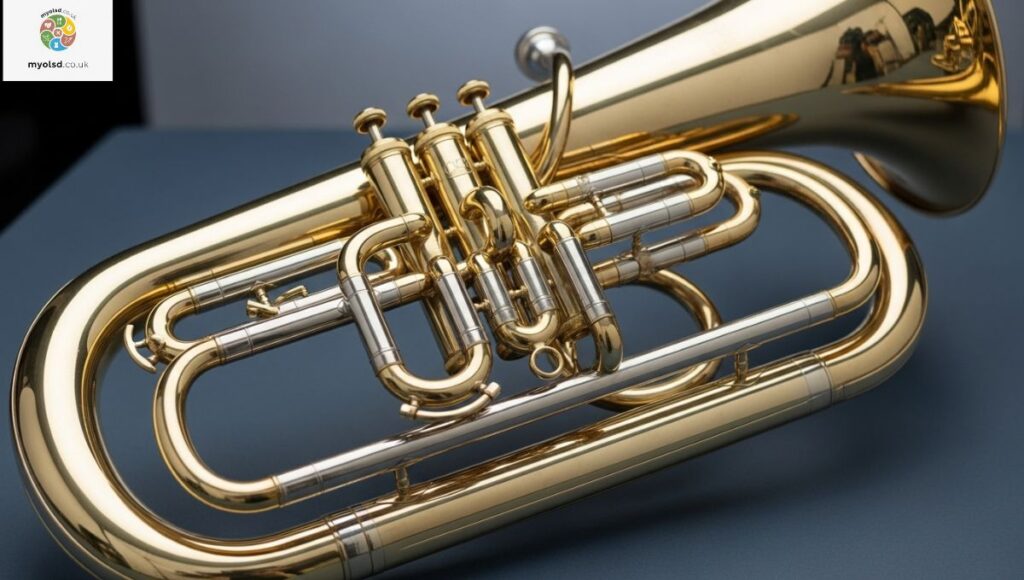
The Euphonium is a brass instrument known for its warm, deep sound. It looks like a small tuba with a conical bore, mouthpiece, and flared bell, giving it a rich, velvety tone. Euphoniums are common in brass bands, concert bands, and orchestral arrangements.
Played by buzzing the lips into the mouthpiece and pressing valves, it produces a wide range of pitches with lyrical expression. The Euphonium brass sound is smooth and resonant, often carrying the melody in ensemble performances.
Edakka
Originating from Kerala, India, the Edakka is an hourglass-shaped drum played with a stick and hand pressure to change pitch. It’s used in temples and Sufi devotional music, symbolizing rhythm and balance.
The Edakka’s tone varies based on how tight the drumhead is pressed, producing melodies as well as beats. It’s one of the few Indian percussion instruments capable of creating pitch variation a true marvel of traditional craftsmanship.
Eesti Torupill
The Eesti Torupill, or Estonian bagpipe, is a folk wind instrument with ancient roots in Northern Europe. It produces a continuous drone while the player manipulates finger holes to create melodies.
Once common at weddings and festivals, it’s now a key part of Estonian folk music revivals. Its unique timbre reflects the spirit of European musical heritage and traditional bagpipe craftsmanship.
Egg Shaker
Simple but fun, the Egg Shaker is a small hand percussion instrument shaped like an egg and filled with beads or seeds. You shake it to create rhythmic, percussive sounds.
It’s used in Latin, Afro-Cuban, and pop music, as well as in music education for kids. Despite its simplicity, the egg shaker helps musicians maintain rhythm and adds texture to ensemble performances.
Eight-String Guitar
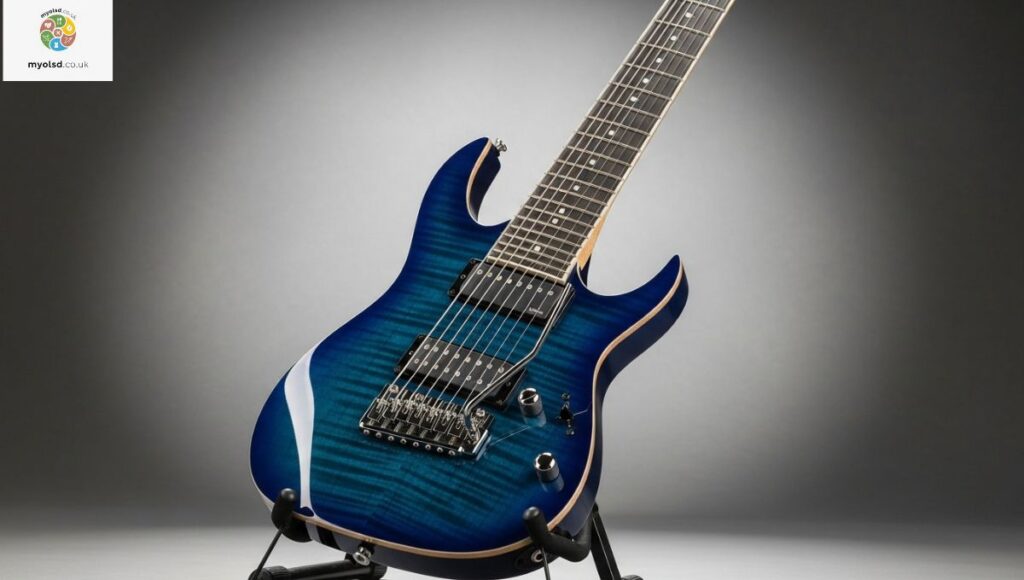
The Eight-string guitar expands the range of a regular six-string guitar, allowing for deeper bass notes and more complex chords. It’s popular among metal and jazz guitarists for its extended tonal range.
Its fretted neck is wider, and the extra strings let players experiment with melody, harmony, and rhythmic depth. In short, this instrument pushes the boundaries of what a guitar can do both technically and creatively.
Electric Bass Guitar
The Electric Bass Guitar (often just called bass) provides the rhythmic foundation in most modern music. With four strings and a longer neck, it produces deep, low frequencies that anchor the rhythm section.
It’s essential in genres like rock, jazz, blues, and pop. The electric bass guitar combines amplified sound, smooth tone, and dynamic rhythm making it one of the most influential instruments in contemporary performance.
Electric Guitar
No list would be complete without the Electric Guitar, one of the most iconic instruments in modern music. It uses pickups and an amplifier to turn string vibrations into powerful sound waves.
From blues and rock to metal and pop, the electric guitar defines musical expression. Its ability to bend, distort, and sustain notes gives it unmatched versatility perfect for solos, rhythm, or creative experimentation.
Electric Piano
The Electric Piano combines the beauty of a traditional piano with the innovation of electronic sound technology. Using keys connected to sound modules or amplifiers, it can replicate multiple tones from soft acoustic pianos to bold synths.
Used across jazz, gospel, and pop music, the electric piano allows musicians to experiment with tone, dynamics, and musical harmony while staying portable and expressive.
Engalabi
The Engalabi is a traditional African drum from Uganda. It has a long wooden body covered with reptile skin and produces rich, deep sounds.
Often played in ensemble performances, the Engalabi keeps rhythm in ceremonies and folk dances. It represents the musical heritage of East Africa and showcases how rhythm connects people through shared tradition.
Enkelharpa
The Enkelharpa is a Swedish keyed fiddle, a member of the bowed string instrument family. It has keys that change pitch and sympathetic strings that vibrate to create a shimmering sound.
It’s part of Scandinavian folk music, known for its melodic richness and haunting resonance. The Enkelharpa reflects ancient Nordic craftsmanship and the fusion of folk tradition with intricate musical design.
Epinette des Vosges
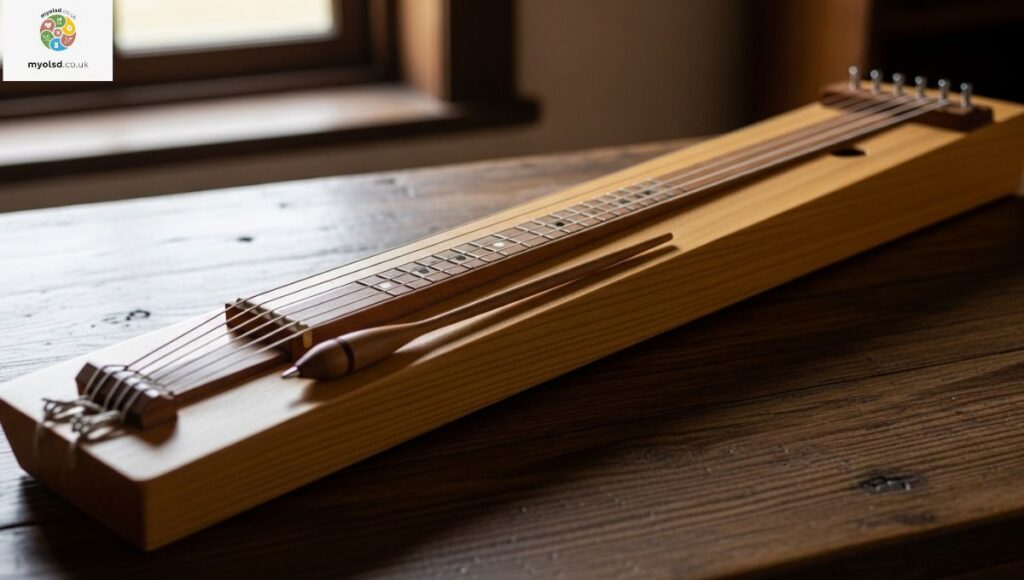
From France, the Epinette des Vosges is a dulcimer-type string instrument with frets and metal strings. It’s part of the plucked string family and produces a light, sweet tone.
Played by plucking or strumming, it’s often heard in French countryside folk music. The instrument represents local cultural identity, showing how every region adds its flavor to world music instruments.
Esterilla
The Esterilla is a Spanish percussion instrument made from strips of cane woven together. When shaken, it produces a soft rattling sound similar to a shaker or castanet.
Used in Spanish folk and flamenco music, the Esterilla adds rhythm and energy. It’s an example of how even simple idiophones can enhance dance music with subtle percussive texture.
Conclusion
Exploring a musical instrument that starts with an e opens your eyes to how diverse and creative the world of music truly is. From the humble Ektara to the powerful Electric Guitar, each one represents a piece of our shared musical heritage.
Whether it’s rhythm from Africa, melody from Asia, or harmony from Europe, these instruments remind us that music connects cultures beyond words. So next time you hear an instrument starting with E, listen closely it might carry a story older than you think.
FAQs
What instrument begins with the letter E?
Some popular musical instruments that start with the letter E include the Electric Guitar, Erhu, Euphonium, Ektara, and English Horn. Each one offers a unique sound and musical style.
What is a music word that starts with E?
Common music words starting with E include ensemble, echo, etude, eighth note, and expression. These terms are used across music theory and performance.
What is a brass instrument that starts with E?
The Euphonium is a brass instrument that starts with E. It produces a warm, deep sound and is often played in orchestras, brass bands, and military music.
What instrument is in the key of E?
Many string instruments, like the guitar and violin, often tune their strings to the key of E. This key produces bright and powerful tones suitable for various music genres.
What key starts with E?
The E major key starts with E and includes four sharps: F#, G#, C#, and D#. It’s known for its vibrant and energetic sound in both classical and modern music.
What instrument is in E-flat?
Several wind and brass instruments, such as the E-flat clarinet, E-flat tuba, and E-flat alto saxophone, are tuned to the key of E-flat for transposing music.
What is an E-flat flute?
An E-flat flute is a smaller version of the concert flute, producing a higher pitch. It’s often used in marching bands and orchestras to add bright, sparkling tones.
What key is an alto sax?
The alto saxophone is a transposing instrument pitched in E-flat. When it plays a written C, it actually sounds an E-flat, which blends beautifully with other instruments.

